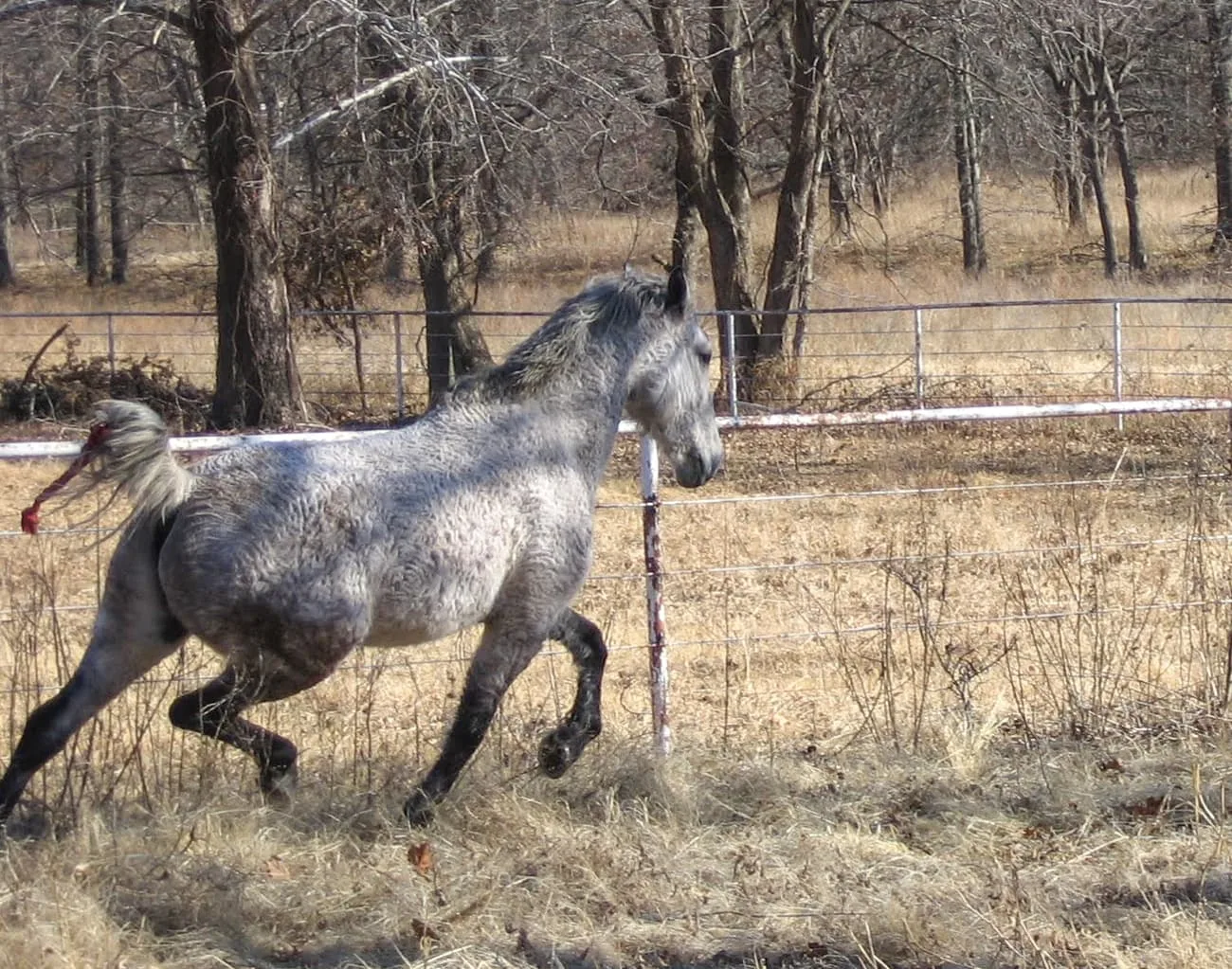After competing in dressage for years, one statement I’ve heard occasionally- especially in the midwest- is that dressage is unnatural for horses. Proponents of this view feel that the way in which horses are “forced” to move during a dressage competition are not natural, and that such movements would never be performed by a horse by choice.
Although many behaviors we ask of our horses – even basic things like being mounted by a rider- are not natural things a horse is inclined to do without significant training, the statement attempts to devalue the sport of dressage by implying that it is cruel and horses should not be subjected to dressage training.

While, as with any equestrian sport, there are certainly riders and trainers who apply unethical or cruel training methods or ask the horse to overextend or exaggerate movements in a way that ask the horse to move in a way that is not healthy, dressage itself is simply a method of training in which horses’ natural movements are used and refined through training to be responsive to cues. Dressage horses are typically more sensitive to minor cues than an average horse trained for hobby riding.
Just like hunter/jumper trainers take a natural canter and begin to train a horse to be responsive to cues that ask for a very specific type of pace and collection, or how barrel racing trainers help a horse build muscle and improve coordination in order to maintain speed and control as they round barrels, dressage trainers shape natural movements and develop a horse’s muscles to sustain that movement. It is sometimes seen as “unnatural” because the specific movements on display in Grand Prix competition are so rarely seen in horses- but rare is NOT the same as unnatural.
A few years ago I began collecting images of my own horses at liberty (i.e. “turned loose”). Horses often display exuberant movement when turned out after riding or spending a night or two indoors due to bad weather. As you can see in the images below, we’ve captured our horses executing variations of multiple dressage movements.

In the image below, the horse is beginning to move into a leg yield while loose in a pasture:
A leg yield is one of the first dressage “moves” a dressage horse is introduced to. In this picture you see a Bashkir Curly Horse flexed, collected, reaching with his off-fore, and stepping deep under himself with his near hind- to perform a text-book leg yield- all without tack or rider!

Another trait trained for in dressage is impulsion- improving the energy behind a movement without speeding it up. In this photo, the same Bashkir curly gelding charges down the fenceline in a bold trot with significant impulsion – and uphill with deep action in the hocks and lift in the knees.

Levade
A levade is a “high” “classical” dressage move that battle horses of ages past were trained in. This movement looks similar to a rear, however instead of “standing” on the back legs the horse’s body weight is balanced upon deeply flexed hind legs in a posture of control and balance. I’ve witnessed coordinated and well-muscled horses doing variations of a lavade during play countless times, here’s an image of a classical levade as well as a mare demonstrating some variation of this move during movement.


Extended Trot

Collection
Dressage is, essentially, training of both horse and rider. For the rider: it is training to be a quiet, well-controlled rider without excess movement, in order to send clear cues to the horse. On the horse’s part, it is developing- through conditioning- the muscle strength and coordination needed to perform the highly balanced and controlled movements of dressage. At it’s most basic- it is training a horse to move “collected”. A horse is said to be collected when the horse moves in a balanced way, with the majority of their body weight in their hindquarters- allowing themselves to propel themselves forward in a balanced way rather than flinging themselves forward with the front of their body and following with the hind. A “collected” horse is the opposite of a “strung out” horse, and collection can help correct the conformational defect called ewe neck.

Some horses are bred specifically to be able to collect their bodies easily- they typically have confirmations that feature their withers (top of their shoulders) higher than their hind end. These horses are said to be built “uphill.” These horses, like the one below, find collection at liberty easier, but all horses are able to improve collection through training and conditioning.


